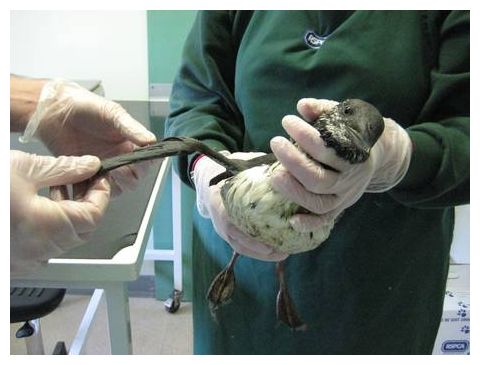
© The Independent, UK
Increasing numbers of stricken birds are washing up on the south coast after being covered in a mysterious substance.
Wildlife experts are no closer to discovering the cause of the environmental damage, which has seen more than 100 seabirds taken into care at the RSPCA West Hatch wildlife centre in Taunton, Somerset, since yesterday.
Most of the birds, guillemots, were found at Chesil Beach, near Portland in Dorset. One bird was found alive as far as Worthing in west Sussex, and is now being cared for at a veterinary surgery. Another, found in the Isle of Wight, is now at a local animal rescue centre.
Around 200 miles of the English coastline is being investigated. The Environment Agency has taken samples of the water for testing.
RSPCA deputy chief inspector John Pollock, who has been leading the rescue mission in Dorset, said: "We just do not know what this substance is.
"It is white, odourless and globular, like a silicone sealer. The best way I can think to describe it is 'sticky Vaseline'.
"The numbers of the birds coming in have been growing and sadly there were quite a few dead birds this morning."
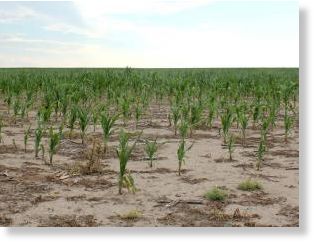


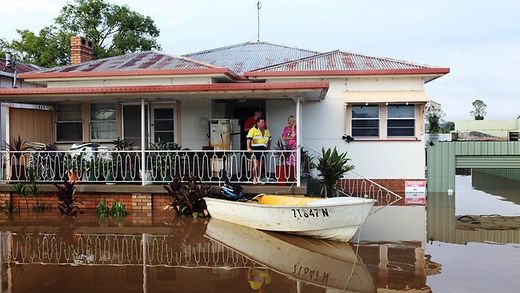
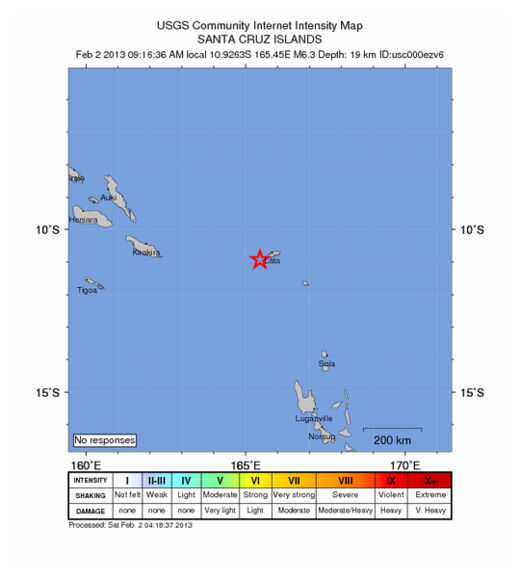



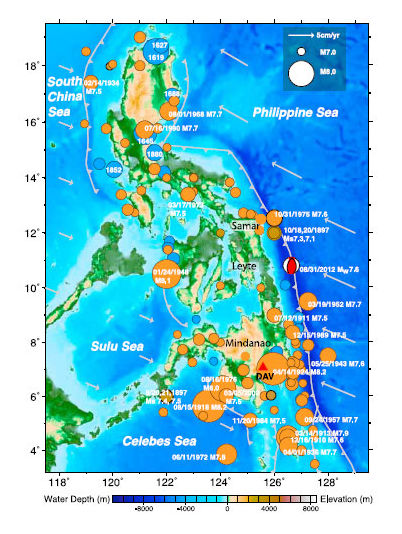
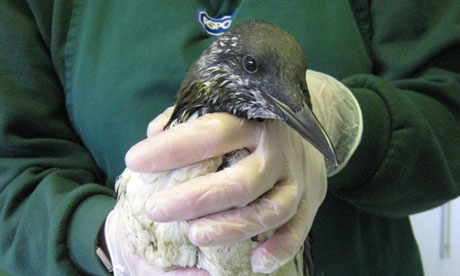



Comment: "usually temporarily"?
Oh boy, it's going to be an interesting year!
Clearly we are now in a situation that is anything but 'usual'. With rising food prices globally and continuous weather extremes destroying crops, it is a matter of when, not if, sky-rocketing food prices result in mass social breakdown.